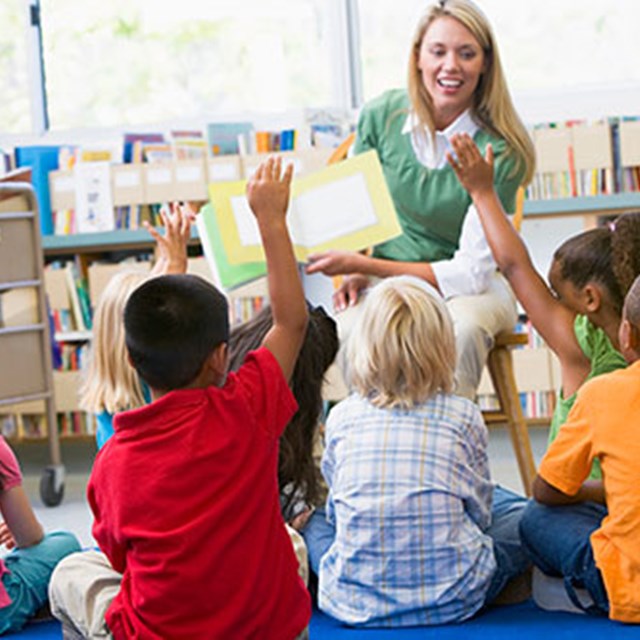
As any adult and caregiver know, we live in a diverse, multicultural world. No one knows this fact more than children who become aware of, and are intrigued by, the way people look and behave at a very young age. In fact, some studies suggest that babies as young as six months old stare longer at photographs of people who look differently than their parents. This indicates that children notice differences in other people right from the beginning of life.
Answering their Questions
As a child grows a bit older, they also begin to notice other differences in people including diversity in age, cultures, religions, abilities and ethnicities. This is also the time when children become openly curious about why there are so many differences in people.
Experts say the best time to begin teaching a child about accepting differences in people is when they first start asking questions about why people are different. Often, a child may ask a question out loud that may be embarrassing to a parent or caregiver. But rather than trying to quiet the child, it can be an opportunity to help the child understand and respect the differences and similarities that we all share.
For example, if a child asks why someone is white, explain to the child that that person’s skin color is determined because of the skin color of their parents. If a child stares at someone in a wheelchair and asks why they aren’t walking, simply state the obvious that the person has a medical condition that prevents her from walking by herself and that she uses a wheelchair to help her get where she needs to go. By answering the child directly and not acting ashamed of their questions, a child will get an early lesson in how to recognize and accept someone that looks or acts differently.
Learning about Diversity
One of the best ways for children to learn about diversity and to respect people from different races, cultures and backgrounds is watching the reactions of their parents or caregivers. Children often mirror the actions of the adults in their life and when their caregivers are sensitive and respectful to people of diverse backgrounds, the child learns to behave in the same manner. What’s more, if a child sees an adult take a stand against bias, racism or insensitivity, they learn an early lesson in cultural acceptance and sensitivity. Also, this teaches children to value people for their abilities and talents and that differences make the world a more colorful and diverse place for us all.
Some other ways to encourage a child to accept and respect diversity include the following:
- Encourage a child’s friendship with other kids from different racial/ethnic/religious/ability backgrounds.
- Take your child to special events, cultural shows and celebrations that honor people of different cultures, religions and abilities, including the Special Olympics.
- Expose your child to different cultures at specialty museums.
- Read children’s books that help a child develop a sense of his or her own identity as well as understanding those of different backgrounds, including race family composition, religious beliefs and ability. PBS recommends books such as: It’s Okay to be Different (diversity); The Skin You Live In (acceptance); Same, Same But Different (culture and geography); Where Does God Live (religion); Over the Moon (adoption); Don’t Call Me Special (disabilities); My Brother Sammy (autism); and The Family Book (different family configurations).
- Buy toys that promote diversity, including dolls of different hair color and different color skin.
- Travel to different places where there are people who dress and speak differently.
- Learn a foreign language, even if it’s just a couple of key phrases like “hello” and “how are you?”

